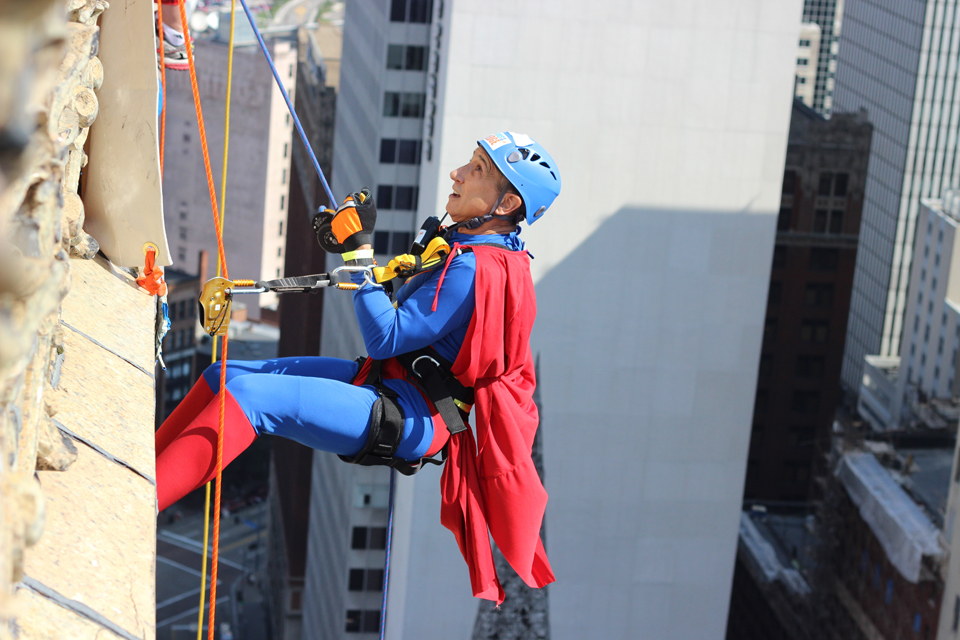01/19/2019
By Ollie Gratzinger | Opinions Editor
Above all else, America is, has been and will always be a nation made up of immigrants.
Is that a controversial statement? Well, it shouldn’t be. Every white citizen in the U.S. today is an American because somewhere in their family’s lineage, someone was not. Be it a grandparent, great-grandparent or some more distant ancestor, one historic relative came from a foreign place to a country with a new culture, often a new language and a new set of challenges unique and separate from those they faced back home.
The Statue of Liberty stood as a beacon on New York Harbor, welcoming travelers, wanderers, refugees and immigrants to a land where progress was possible. Enscripted on its base, a sonnet by Emma Lazarus reads, “Give me your tired, your poor, your huddled masses yearning to breathe free.” The poem was called “The New Colossus,” and for those coming from afar to America’s teeming shores, the young country was just that: Something terribly enormous but brimming with potential.
Much has changed since the 19th century, but a lot has also stayed the same. Social gatekeeping, in which those Americans who had been here longer look down upon new arrivals, has always been a prevalent way that U.S. citizens perpetuated the concept of otherness. The Italians were hated, regarded in some ways as perpetual foreigners. The Protestant majority of the U.S., who had been around much longer, was rife with anti-Catholic sentiment, and that manifested frequently in violence against newly settled Italians.
The Irish, too, were resented after fleeing famine and political upheaval back home. They were stereotyped as rapists and brutes. Jewish immigrants, hated historically for a slew of stereotypes and unfounded accusations, and Africans, brought to the country often against their will, remain targets of hate groups in the U.S. today.
But now, Mexican and Middle Eastern refugees are becoming the next group of hated newcomers, and those guilty of the hating are quickly forgetting their roots.
President Trump has preached separatism and perpetuated otherness since his days on the campaign trail, rallying his base with what he’d call “American values” and uniting them against a common enemy: Immigrants. Rhetoric has been deeply negative, from calculated attacks on the DACA program and Dreamers to using the term “sh*thole countries” to describe nations such as Haiti, El Salvador and Nicaragua. Immigrants from those three countries once had what was called Temporary Protective Status, which in the wake of national emergencies, would be granted to those attempting to enter the U.S.
In 2017, Trump took that away.
Issues of family separation and “zero tolerance” at the border and, most recently, a call for more than $5 billion to fund a physical wall between the U.S. and Mexico, have dominated the news.
The wall, if it’s constructed, will be made of more than brick or steel. It will be made of hatred in the name of blind fear. It would symbolize a sense of security against those who post little to no tangible threat. It would represent a denunciation of diversity and a triumph of ignorance.
Sometimes, a wall is more than just a wall.




